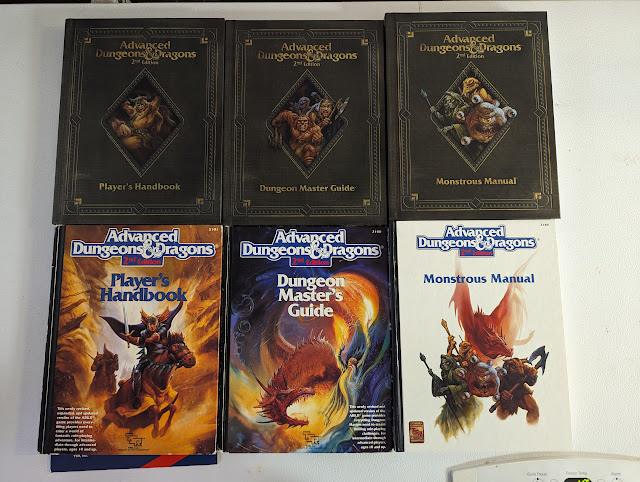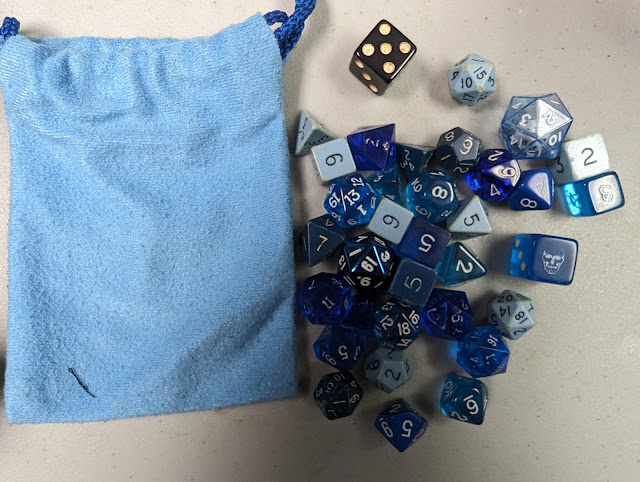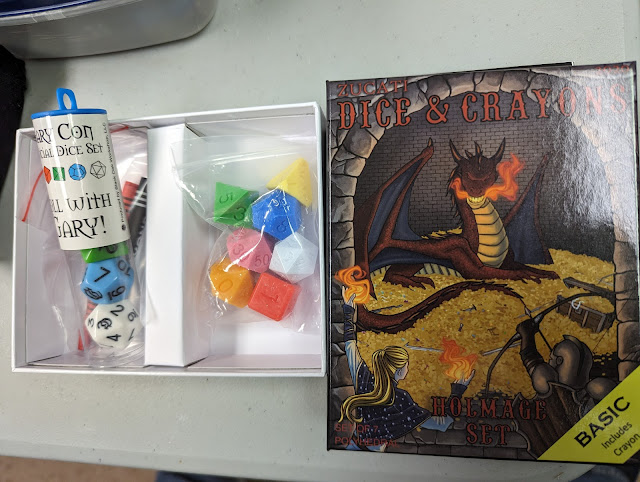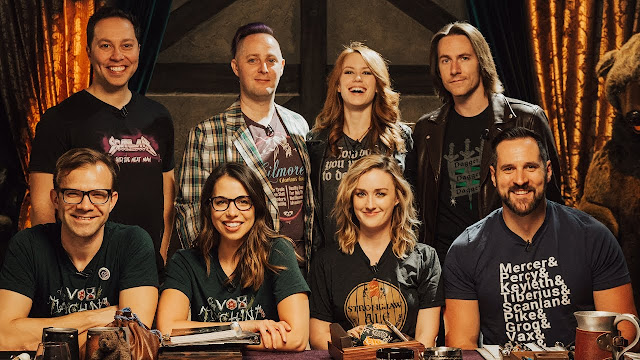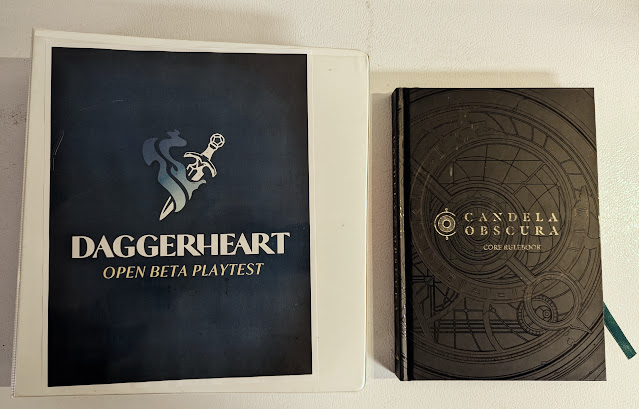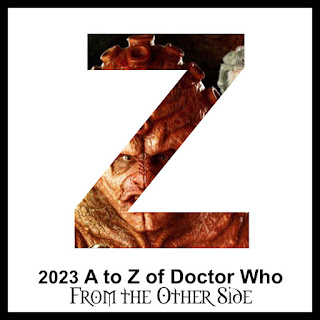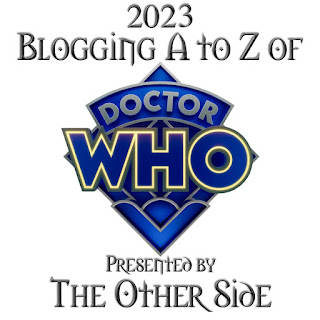Gary is often credited for creating Dungeons & Dragons and Advanced Dungeons & Dragons, but he really co-created with fellow game enthusiast Dave Arneson (gone 15 years ago yesterday). I discussed this a bit with Advanced Dungeons & Dragons on A Day. In truth, it would have been difficult for either man alone to have produced this game, but one thing is certain: it was Gary's vision (and thanks to Gary's oldest daughter for the name) to make Dungeons & Dragons the worldwide phenomenon it is today.
I spent a lot of time last month talking about Gary and his games. Dungeons & Dragons, Mythus (1992), and Lejendary Adventure (1999). Yes, that is spelled correctly. I also was at Gary Con this past month, a celebration of his life and games well played.
It is kind of strange in a way, my relationship with Gary. I grew up, like all gamers my age, knowing and even revering his name. I went on and began to recognize some of the all too human flaws we all have. To a point where he emailed me out of the blue to thank me for my "Mystery Science Science Theatre 3000" parody of "Dark Dungeons." We share a writing credit, Unearthed Acania, and chatted online until his death in 2008.
Before D&D, he created Gen Con, the world's largest gaming convention. It was named because it took place in Lake Geneva, WI, a play on the Geneva Convention. Gen Con is now in Indianapolis, IN, and Gary Con is held in Lake Geneva. This con was initially devoted to his love of war games.
Dungeons & Dragons itself grew out of these classical wargames and soon became its own new thing.
Greyhawk
He also created the World of Greyhawk, a fantasy world he created for his Dungeons & Dragons games. It was the forerunner to the Forgotten Realms and is still preferred by many of the old guard.
The name of the planet of the World of Greyhawk was Oerth and was supposed to be an alternate Earth. It is the world I combined with Mystara (from D&D Basic) to get Mystoerth.
There is no way I can do Gary's story justice here. So instead I am going to refer you all to some books that talk about him and the creation of Dungeons & Dragons.
- Empire of Imagination: Gary Gygax and the Birth of Dungeons & Dragons by Michael Witwer. One of the best treatments.
- Rise of the Dungeon Master: Gary Gygax and the Creation of D&D by David Kushner (Author) and Koren Shadmi (Illustrator)
- Of Dice and Men: The Story of Dungeons & Dragons and The People Who Play It by David M. Ewalt. By a fan, for the fans.
- Slaying the Dragon: A Secret History of Dungeons & Dragons by Ben Riggs. One of the most meticulously researched of all of these.
There is also a DVD/BlueRay I meant to pick up at Gary Con but forgot to.
I spent a lot of time trying to dig up an obituary I wrote for Gary back in 2008, but it has eluded me. Which might be better, really. My opinion of him has changed over the years; reading about his life, reading his games, and mostly talking with his children. I had a wonderful conversation with Luke Gygax at Gary Con. We talked about his dad, Dave Arneson, and the recent loss of Jim Ward.
Sometimes we forget that these "Big Names" we read about are human until they do something all too human. But also, it is nice to remember that they are human and quite approachable.
Tomorrow is H, and I will talk about Hobbits.




